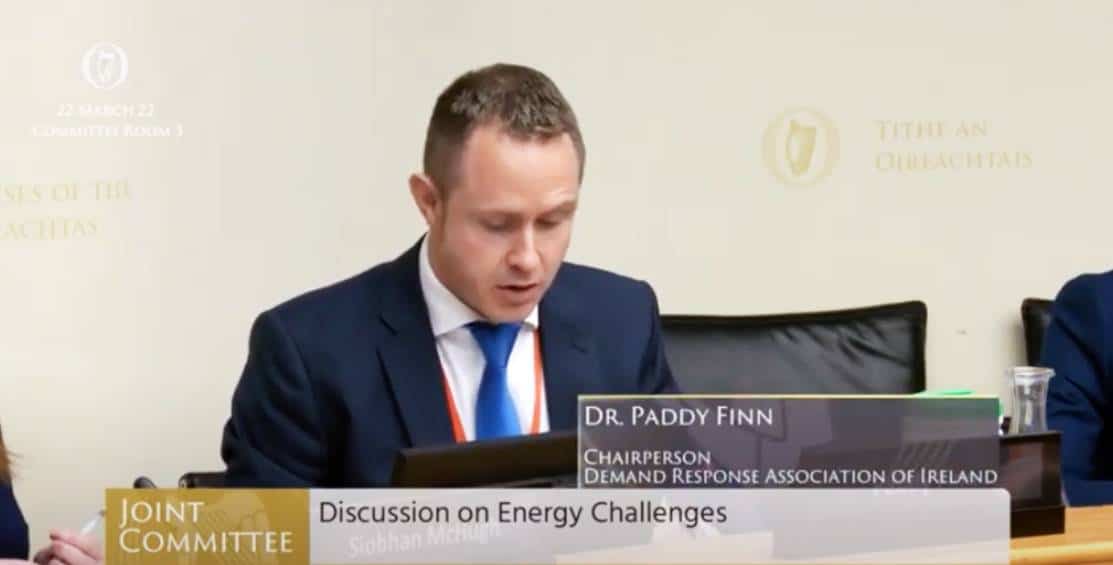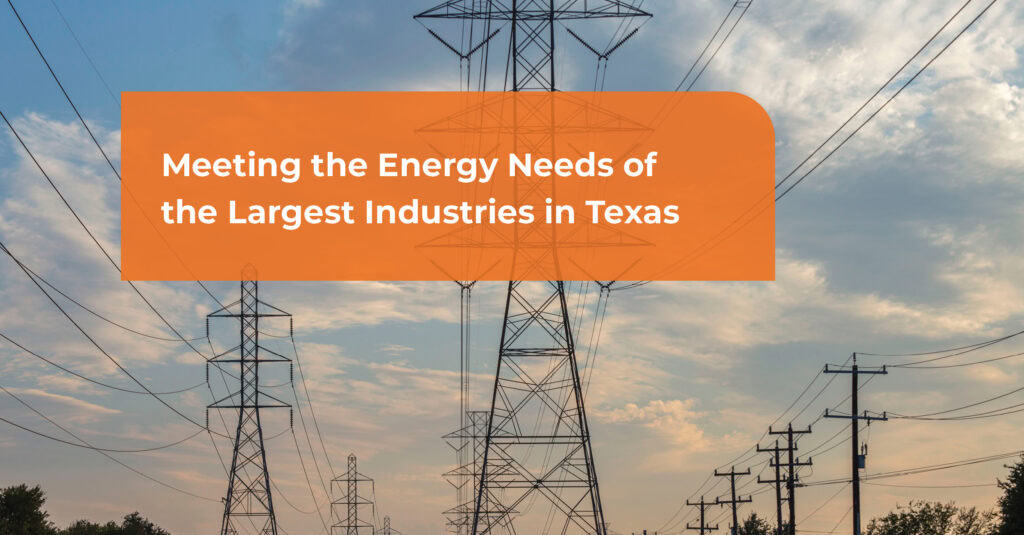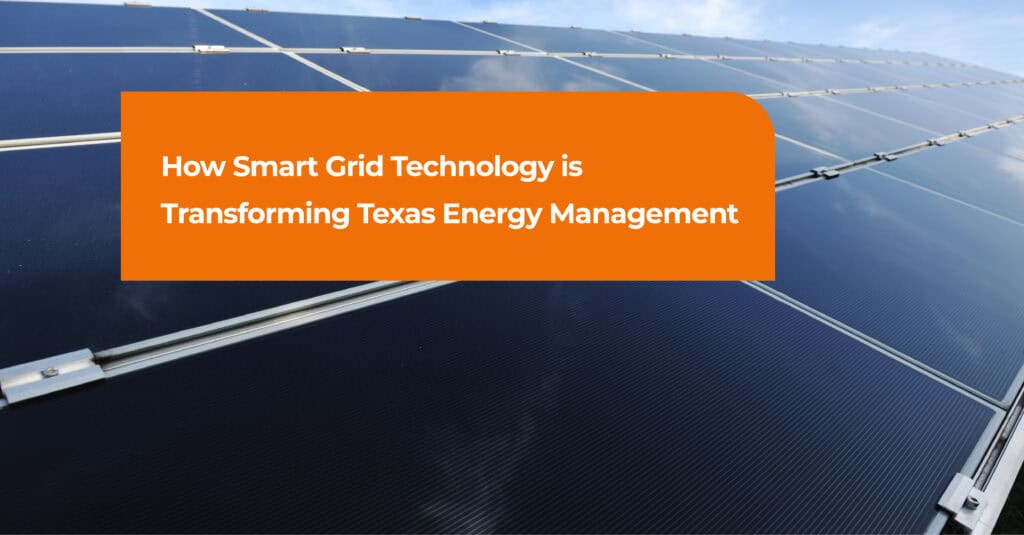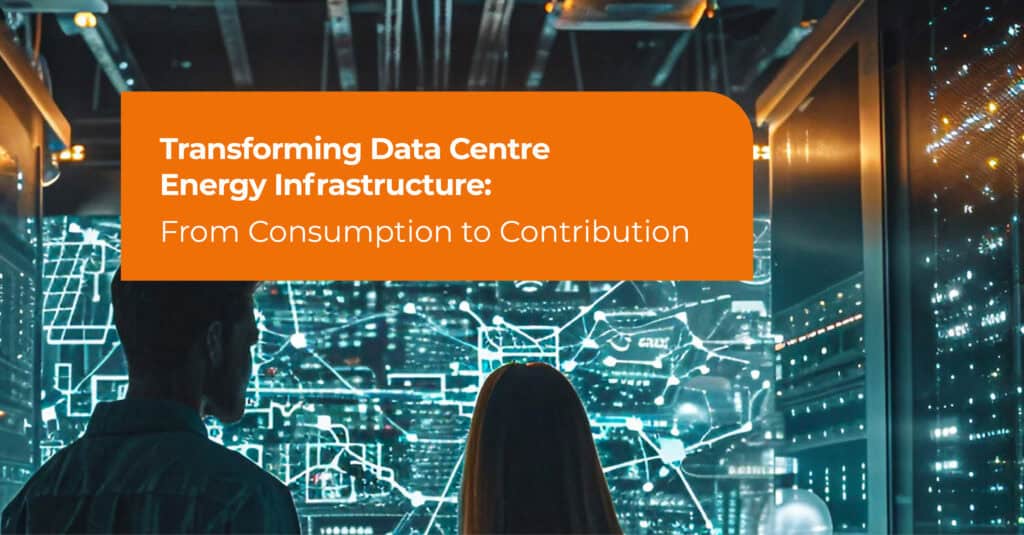
Oireachtas Committee on Climate Change: Discussion on Energy Challenges
On behalf of DRAI (Demand Response Association of Ireland), VIOTAS CEO & CTO Dr Paddy Finn, joined an Oireachtas Committee on Climate Change to discuss various elements of the future energy challenge and to shine a light on the increasingly important role that demand response has been silently playing in the operation of Ireland’s electricity system.
DRAI represents Ireland’s leading demand response aggregators, that between them enable 700 MW of electricity customers’ resources to provide services to electricity system operators, with 200 MW being made available on average over the past 12 months.
The electricity system can be represented by the analogy of a seesaw; finely balancing customers on one side with generation on the other. The objective is to ensure perfect balance between the two, otherwise there is a loss of equilibrium: a black out. Through the use of enabling technologies, demand response unlocks flexibility in how, when and where customers use electricity, to turn consumption into a tool in operating the power system. After all, returning to the seesaw analogy, when balancing the grid, reducing electricity consumption has the same effect as increasing generation, but uses the latent underlying capability of existing resources without the need for additional infrastructure.
You can listen to the full discussion in the above video, or jump to specific topics via the underneath links:
00:00 Welcome
16:29 DRAI Opening Statement
40:32 DRAI response on 1) complementary nature of DR and energy storage and 2) Data centre participation in DR
59:30 DRAI response on Government engagement with the demand response industry
01:02:27 DRAI noting Ireland’s development of leading edge demand response technologies
01:15:39 DRAI response on the use of new technologies on Ireland’s electricity system
01:50:43 DRAI response to changes needed to electricity market incentives and procurement
02:15:20 DRAI response to the application of system thinking to addressing decarbonisation with a mosaic of technologies



